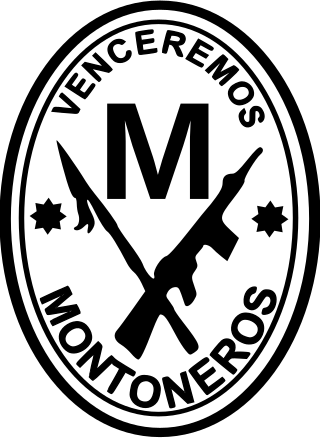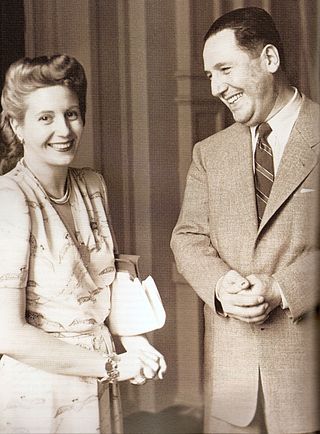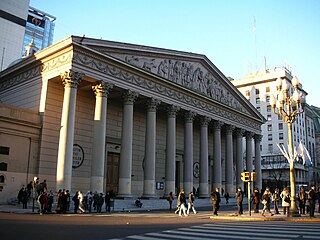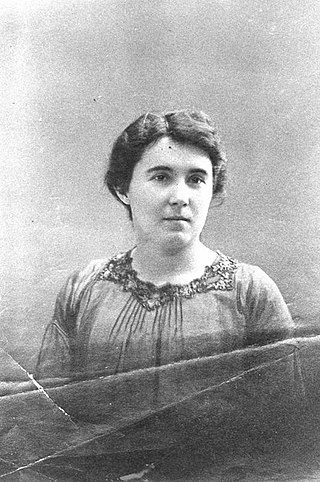
Montoneros was an Argentine far-left Peronist and Catholic revolutionary guerrilla organization, which emerged in the 1970s during the "Argentine Revolution" dictatorship. Its name was a reference to the 19th-century cavalry militias called Montoneras, which fought for the Federalist Party in the Argentine civil wars. Radicalized by the political repression of anti-Peronist regimes, the Cuban Revolution and socialist worker-priests committed to liberation theology, the Montoneros emerged from the 1960s Catholic revolutionary guerilla Comando Camilo Torres as a "national liberation movement", and became a convergence of revolutionary Peronism, Guevarism, and the revolutionary Catholicism of Juan García Elorrio shaped by Camilism. They fought for the return of Juan Perón to Argentina and the establishment of "Christian national socialism", based on 'indigenous' Argentinian and Catholic socialism, seen as the ultimate conclusion of Peronist doctrine.

Peronism, also known as justicialism, is a labour and left-leaning Argentine political movement based on the ideas and legacy of Argentine ruler Juan Perón (1895–1974). It has been an influential movement in 20th- and 21st-century Argentine politics. Since 1946, Peronists have won 10 out of the 14 presidential elections in which they have been allowed to run.

The Justicialist Party is a major political party in Argentina, and the largest branch within Peronism.

The Argentine Catholic Church, or Catholic Church in Argentina, is part of the worldwide Catholic Church, under the spiritual leadership of the pope, the Curia in Rome, and the Argentine Episcopal Conference.
The first conflicts between the Roman Catholic Church and the Argentine government can be traced to the ideas of the May Revolution of 1810. The Tribunal of the Inquisition was suppressed in the territories of the United Provinces of the River Plate on 23 March 1813, and on 4 June the General Assembly declared the state "independent from any ecclesiastical authorities existing outside its territory".

Alicia Moreau de Justo was an Argentine physician, politician, pacifist and human rights activist. She was a leading figure in feminism and socialism in Argentina. Since the beginning of the 20th century, she got involved in public claims for opening rights for women. In 1902, joined by a fellow activists, she founded the Feminist Socialist Center of Argentina and the Feminine Work Union of Argentina.

The Movimiento Nacionalista Tacuara was an Argentine far right, orthodox Peronist, and fascist movement. While officially established in 1957, its activities started in 1955, and continued through the 1960s, being integrated in Juan Perón's right-wing "Special Formations". Linked to the more radical sectors of the Peronist movement and directly inspired by Julio Meinvielle's Catholic pronouncements, Tacuara defended nationalist, Catholic, anti-liberal, anti-communist, antisemitic, and anti-democratic ideas, and had as its first model José Antonio Primo de Rivera's fascist Falange Española. In the years 1960–1966, the movement incorporated neo-Nazi elements.
Trade unions in Argentina have traditionally played a strong role in the politics of the nation. The largest trade union association, the Confederación General del Trabajo has been a force since the 1930s, and approximately 40% of workers in the formal economy are unionized.

Kirchnerism is an Argentine political movement based on populist ideals formed by the supporters of spouses Néstor Kirchner and Cristina Fernández de Kirchner, who consecutively served as Presidents of Argentina. Although considered a branch of Peronism, it is opposed by some factions of Peronists and generally considered to fall into the category of left-wing populism.
Third World socialism is a political philosophy and variant of socialism that has been proposed by Michel Aflaq, Salah al-Din al-Bitar, Zulfikar Ali Bhutto, Buddhadasa, Fidel Castro, Muammar Gaddafi, Saddam Hussein, Juan Domingo Perón, Modibo Keïta, Walter Lini, Gamal Abdel Nasser, Jawaharlal Nehru, Kwame Nkrumah, Julius Nyerere, Sukarno, Ahmed Sékou Touré and other socialist leaders of the Third World who saw socialism as the answer to a strong and developed nation.
The history of Argentina can be divided into four main parts: the pre-Columbian time or early history, the colonial period (1536–1809), the period of nation-building (1810–1880), and the history of modern Argentina.

Nicolás Repetto was an Argentine physician and leader of the Socialist Party of Argentina.

Ángel Borlenghi was an Argentine labour leader and politician closely associated with the Peronist movement.

Juan Domingo Perón was an Argentine lieutenant general and politician who served as the 35th President of Argentina from 1946 to his overthrow in 1955, and again as the 45th President from October 1973 to his death in July 1974. He had previously served in several government positions, including Minister of Labour and Vice President under presidents Pedro Pablo Ramírez and Edelmiro Farrell.

Julio Alberto Gustavo Irazusta was an Argentine writer and politician who was one of the leading lights of the nacionalista movement of the 1920s and 1930s. He collaborated closely with his older brother Rodolfo Irazusta throughout his career.

The Labour Party is a left-wing and populist political party in Argentina. It was created in 1945 by prominent leaders of the trade union movement in Argentina shortly before the 1946 Argentine general election and mobilized working-class support for emerging populist leader Juan Perón. The party run Perón’s presidential ticket for the election. It was inspired and based on the British Labour Party and is considered to have been the first instance of direct electoral mobilization of the working class in Argentina. Its goal was to bring Perón to power and institutionalize the political power of Argentinian trade union movement. After winning the 1946 presidential election, Perón merged the party into his Peronist Party.

The 1943 Argentine coup d'état, also known as the Revolution of '43, was a coup d'état on 4 June 1943 that ended the government of Ramón Castillo, who had been fraudulently elected to the office of vice-president before succeeding to the presidency in 1942 as part of the period known as the Infamous Decade. The military was opposed to Governor Robustiano Patrón Costas, Castillo's hand-picked successor, a major landowner in Salta Province and a primary stockholder in the sugar industry. The only serious resistance to the military coup came from the Argentine Navy, which confronted the advancing army columns at the Navy Petty-Officers School of Mechanics.
In Argentina, there were six coups d'état during the 20th century: in 1930, 1943, 1955, 1962, 1966 and 1976. The first four established interim dictatorships, while the last two established dictatorships of permanent type on the model of a bureaucratic-authoritarian state. The latter conducted a Dirty War in the line of State terrorism, in which human rights were systematically violated and there were tens of thousands of forced disappearances.
Tendencia Revolucionaria, Tendencia Revolucionaria Peronista, or simply la Tendencia or revolutionary Peronism, was the name given in Argentina to a current of Peronism grouped around the guerrilla organisations FAR, FAP, Montoneros and the Juventud Peronista. Formed progressively in the 1960s and 1970s, and so called at the beginning of 1972, it was made up of various organisations that adopted a combative and revolutionary stance, in which Peronism was conceived as a form of Christian socialism, adapted to the situation in Argentina, as defined by Juan Perón himself. The Tendencia was supported and promoted by Perón, during the final stage of his exile, because of its ability to combat the dictatorship that called itself the Argentine Revolution. It had a great influence in the Peronist Resistance (1955-1973) and the first stage of Third Peronism, when Héctor J. Cámpora was elected President of the Nation on 11 March 1973.

Maurrassisme in Argentina is a far-right political movement aimed at establishing an integral nationalist authoritarian state in Argentina following the ideology of French thinker Charles Maurras.
















